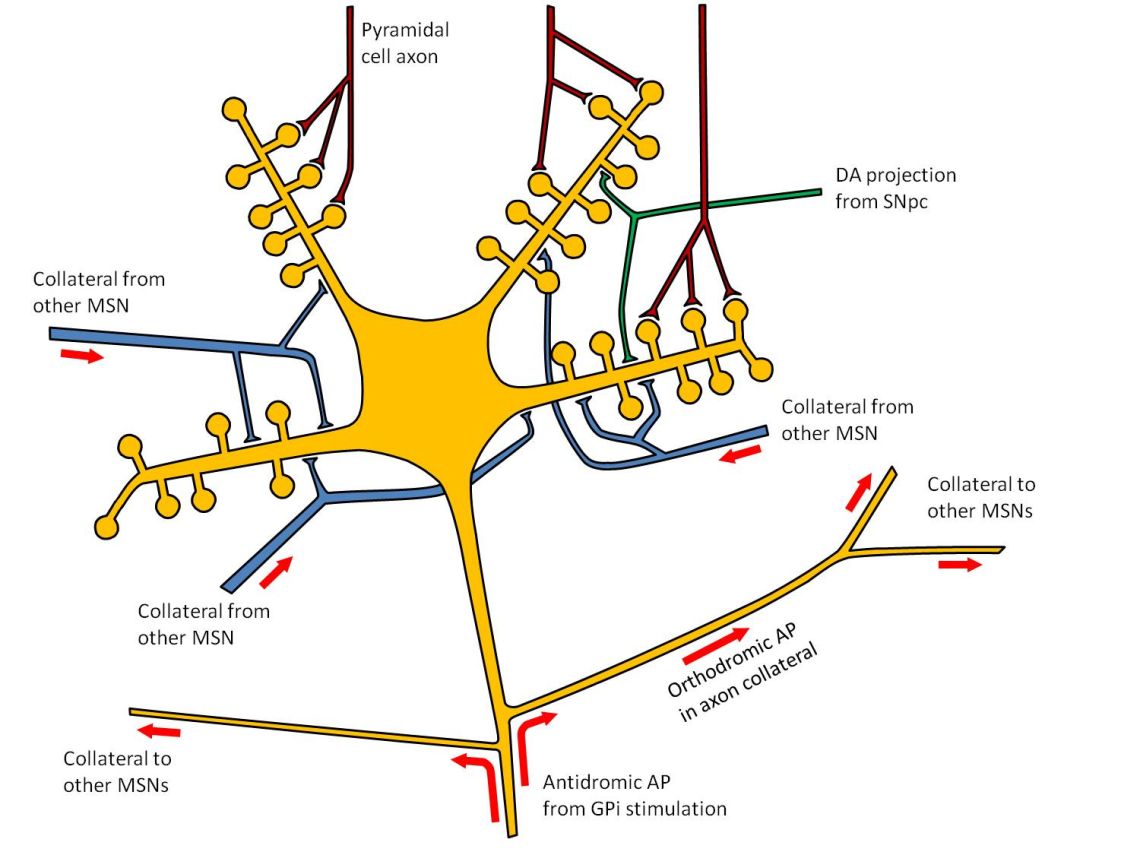
BIOGRAPHY
I studied Physics at Oxford University, graduating in 1992, then switched to medicine, also at Oxford, graduating in 1998. After basic surgical training in Nottingham I moved to Cambridge University where I obtained a PhD in neuroelectronic interfacing, before returning to Oxford and taking up my current clinical and research positions in 2012.
Research groups
Websites
-
Oxford Neural Interfacing Group
Research Group
-
Oxford Functional Neurosurgery
Research Group
Striatal damping

James FitzGerald
MA BM BCh FRCS(SN) PhD
Professor of Neural Interfacing
Research Summary
I work on implanted electronic devices that interface directly with parts of the nervous system.
At present my main focus is on the development of a novel type of interface capable of recording signals from motor axons in severed peripheral nerves after amputation, with the aim of using these signals to control advanced prosthetic limbs.
This requires advances in several areas including polymer microfabrication techniques, microsurgical implantation methods, and the development of multichannel signal processing and pattern recognition algorithms. A further problem is that like virtually all surgical implants, interfaces evoke a foreign body response that leads to the deposition of scar tissue on their surfaces, which leads to gradual electrical failure of the device. A major strand of my work at present concerns the development of techniques for long term scar suppression, and I have recently shown that drug elution is a very promising approach to this (see Journal of Neural Engineering 2016;13:026006 for further details).
I am also one of the three academic consultants in Oxford Functional Neurosurgery, which has the UK's largest clinical practice in deep brain stimulation, spinal cord and dorsal root ganglion stimulation and peripheral nerve stimulation, for the treatment of movement disorders and neuropathic pain. Alongside and closely intertwined with this clinical work we run a research programme investigating the mechanisms by which neuromodulation treatments work and how they can be improved and their use expanded to new indications.
Recent publications
-
Predicting future fallers in Parkinson's disease using kinematic data over a period of 5 years.
Journal article
Sotirakis C. et al, (2024), NPJ Digit Med, 7
-
Deep brain stimulation of the motor thalamus relieves experimentally induced air hunger.
Journal article
Chapman TP. et al, (2024), Eur Respir J, 64
-
Cortico-thalamic tremor circuits and their associations with deep brain stimulation effects in essential tremor.
Journal article
He S. et al, (2024), Brain
-
Cortico-thalamic tremor circuits and their associations with deep brain stimulation effects in essential tremor
Preprint
He S. et al, (2024)
-
Spinal Cord Stimulation Improves Quality of Life for Patients With Chronic Pain-Data From the UK and Ireland National Neuromodulation Registry.
Journal article
Martin SC. et al, (2024), Neuromodulation

